Only logged in customers who have purchased this product may leave a review.
Products
- Home
- /
- Shop
- /
- By Grade
- /
- 6th-8th
- /
- Science
- /
- Branch of Science
- /
- Life Science
- /
- Audubon’s Birds – Coloring Book (80 species)
Audubon’s Birds – Coloring Book (80 species)
$4.99
Studying birds? Ornithology? Perhaps you are simply looking for coloring pages of beautiful birds? Here is a resource that would be a good addition to your classroom. Some of the birds included: American Kestrel, Nighthawk, Mourning Dove, Barn Swallow, White-breasted Nuthatch, Blue Jay, Cardinal, Baltimore Oriole and many, many more!
*** 80 coloring pages, each with a different North American species! ***
Each page features a large b/w illustration of one bird and the type of bird that is displayed.
Related products
-
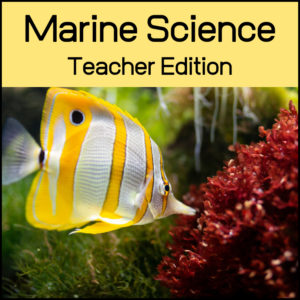 $15.00Buy Now
$15.00Buy NowMarine Science Teacher Edition to use alongside the Marine Science Student Edition
Units include: The Hydrosphere, Measuring the Ocean, The Nature of Seawater, Waves, Tides, Ocean Currents, The Ocean Floor, Ocean Sediments, Food Chains & Webs, Ocean Zones, Near-shore Ecosystems, Plankton, Marine Plants, Classifying Marine Animals, Cold-blooded Swimmers, Marine Mammals, Marine Pollution, Marine Resources
-
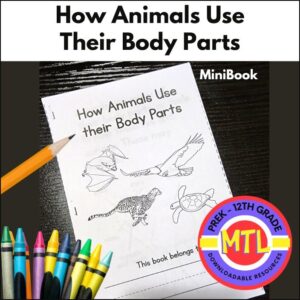 $2.50Buy Now
$2.50Buy NowA fun to create, Science mini-book teaching students how different animals use their body parts as tools to live and survive! Once students finish creating this 10 page mini-book, they will be able to give examples of how 7 animals use their body parts to get nourished, move within its environment and even stay protected from predators!
Animals included in this project are the cheetah, bat, loggerhead turtle, badger, kangaroo, deer and tundra swan. There is also a image of a wolf with showing various body parts often used to accomplish an animal’s survival.
Students will color, draw and write to complete the book.
-
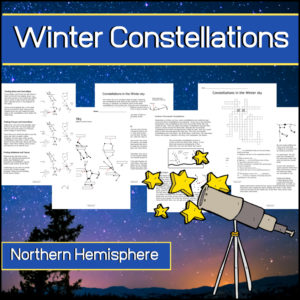 $3.00Buy Now
$3.00Buy NowExplore the Northern Hemisphere’s Winter constellations with this resource! Students will learn…
- What are the major constellations?
- What is the Greek Mythology behind them?
- What major stars will help guide them through the night sky?
- How is Orion the ‘key’ to locating the main constellations?
- What is the name of the North Star, and which constellation is it in?
- What is the brightest star in the sky?
Students will learn about the following constellations:
- Orion
- Canis Major
- Canis Minor
- Gemini
- Auriga
- Pleiades
- Taurus
- Draco
- Ursa
- Major
- Ursa Minor
- Cepheus
- Cassiopeia
They will learn the location of the following stars:
- Pollux
- Castor
- Capella
- Procyon
- Sirius
- Betelgeuse
- Rigel
- Aldebaran
- Capella
- Polaris
They will also learn which constellations are called the Northern Circumpolar constellations PLUS the Greek Mythology behind these major constellations!
Student activity sheets include:
- Fill in the blank (constellation and star names for the ‘Winter Sky’)
- Draw and name (the five circumpolar constellations and the North Star)
- Crossword Puzzle (in which they will use the information within the resource to gather answers)
Suggested follow up activities:
- Assign students to go outside after dark, find and draw the constellations they see and can identify.
- Visit a local planetarium
-
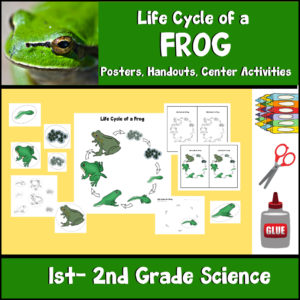 $2.50Buy Now
$2.50Buy NowThis 1st / 2nd Grade Science resource provides posters, handouts and center activities to help students learn about the life cycle of a frog! Seven stages are shown and pages come in color and b/w.
Easy to use and differentiated (Based on student ability – Easiest: Color the life cycle / Medium: Color, cut and paste the life cycle / Hardest: Draw the life cycle)



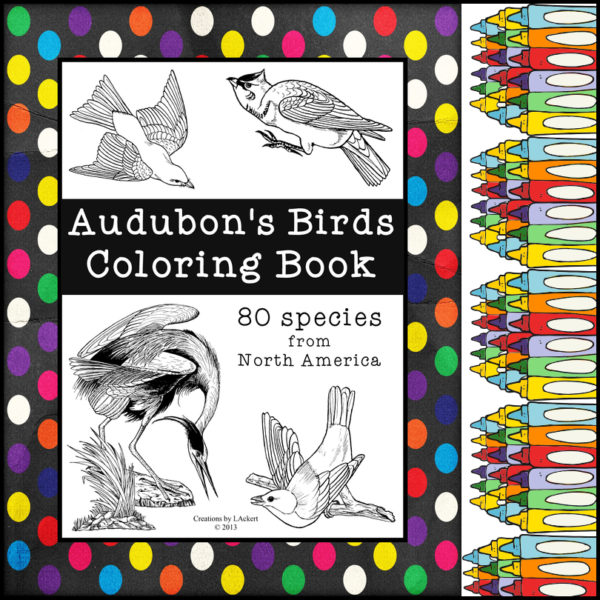
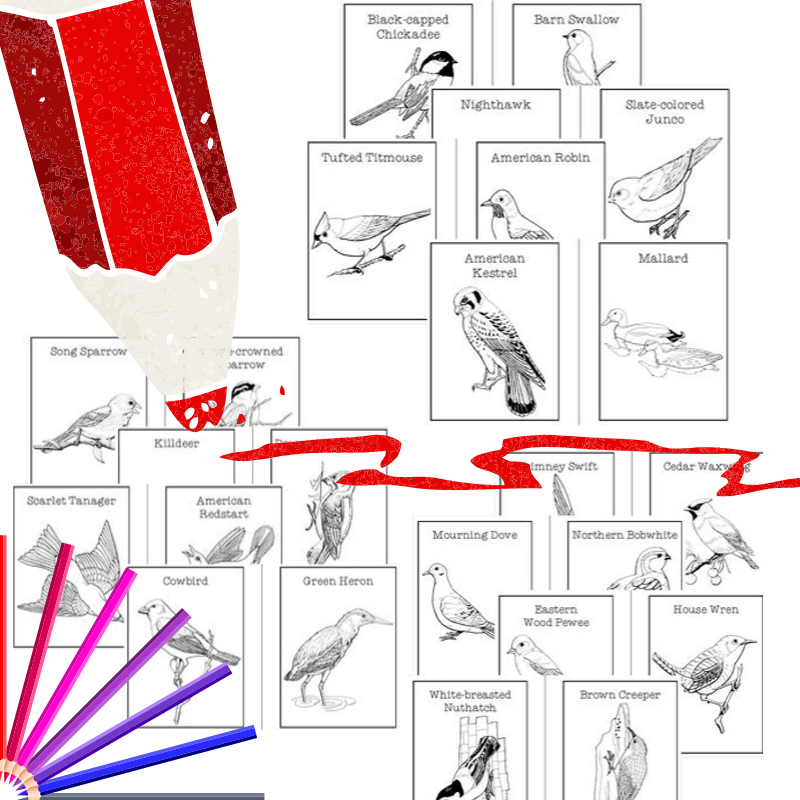

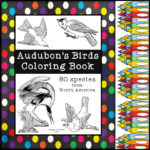
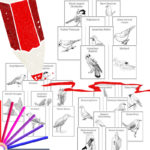
Reviews
There are no reviews yet.